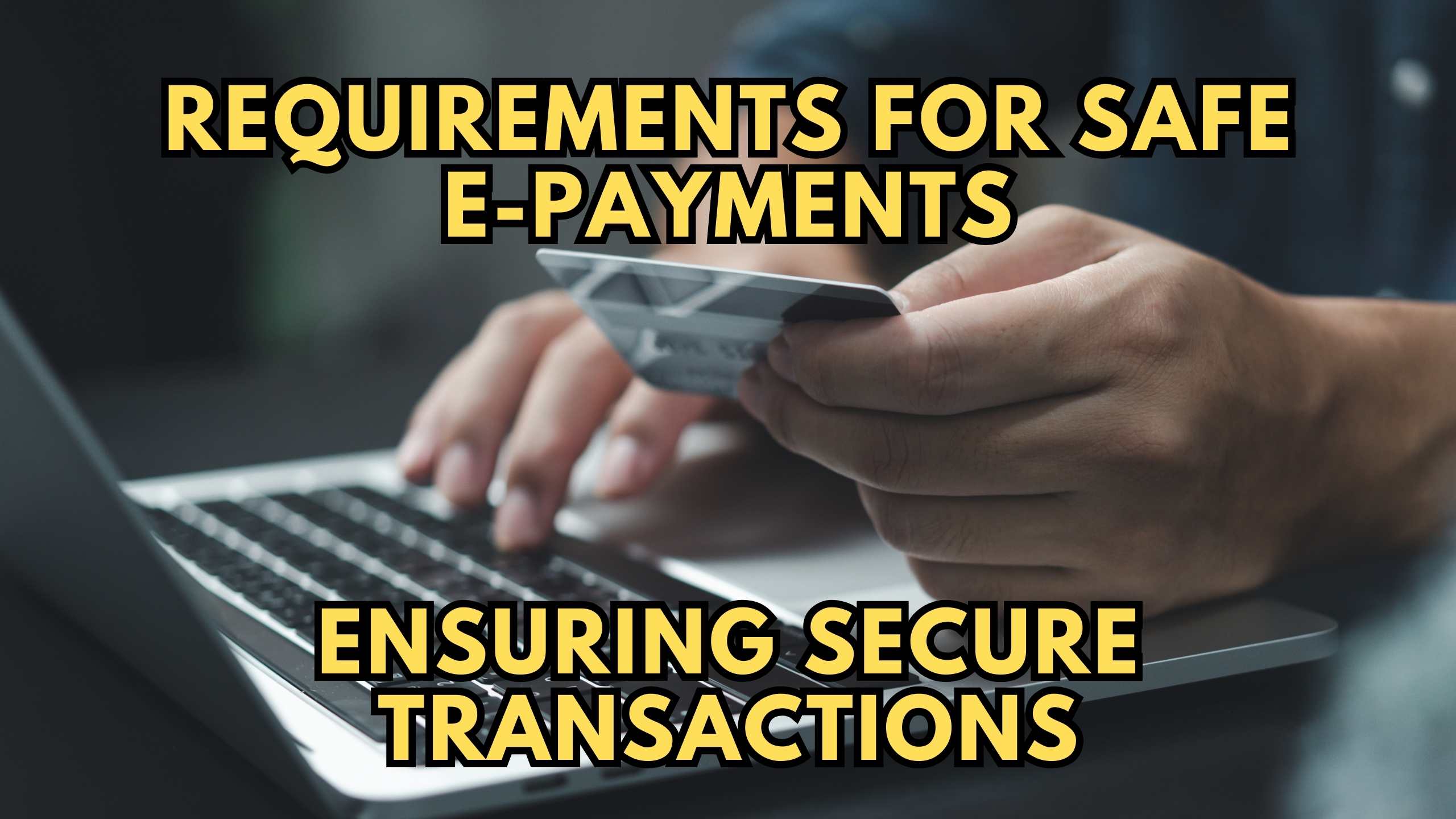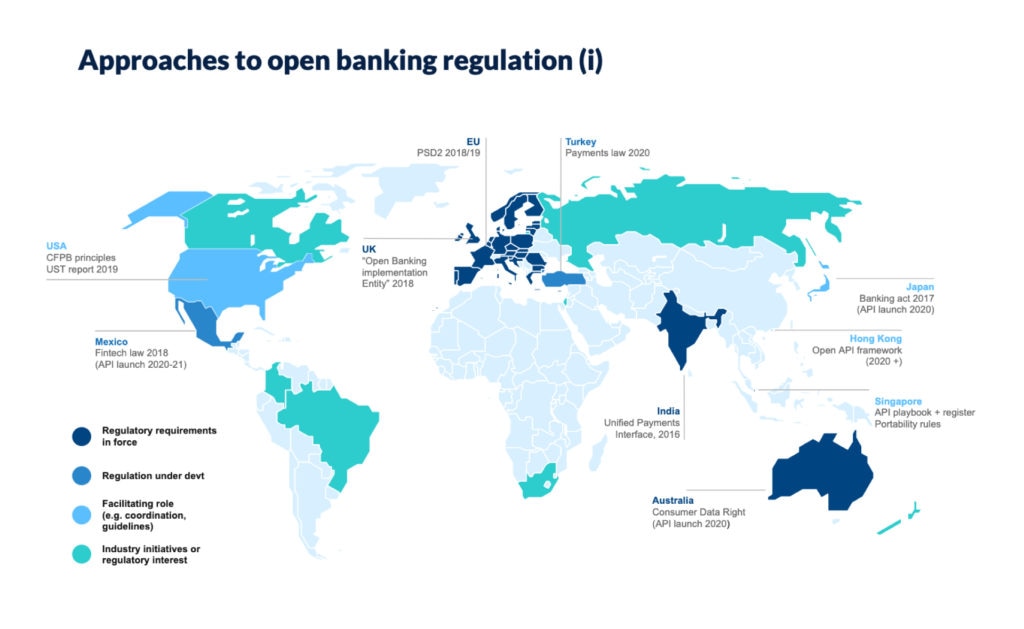
Navigating the Mortgage Maze: How Lending Regulations Protect Homebuyers and Ensure a Fair Path to Homeownership
The dream of owning a home is a cornerstone of the American spirit. It represents stability, security, and a place to build a future. However, the path to homeownership, particularly securing a mortgage, can seem like a complex maze of paperwork, financial jargon, and legal requirements. For first-time homebuyers and seasoned homeowners alike, understanding the landscape of mortgage lending can be daunting.
Thankfully, you’re not alone in this journey. A robust framework of mortgage lending regulations exists precisely to protect you, the homebuyer. These rules and laws are designed to ensure fairness, transparency, and accountability in the lending process, safeguarding your interests and preventing the kind of predatory practices that can lead to financial distress.
In this comprehensive guide, we’ll demystify mortgage lending regulations, explaining what they are, why they matter, and how they empower you to make informed decisions on your path to homeownership.
The "Wild West" of Lending: Why Regulations Became Essential
Before the implementation of comprehensive regulations, the mortgage market sometimes resembled a "Wild West" scenario. Lenders had significant leeway, and some unscrupulous players took advantage of borrowers’ lack of knowledge. This led to:
- Hidden Fees and Surprises: Borrowers would often discover unexpected charges and fees at the closing table, significantly increasing their costs.
- Misleading Information: Interest rates, loan terms, and payment structures were not always clearly communicated, leading to borrowers agreeing to loans they didn’t fully understand or couldn’t afford.
- Predatory Lending Practices: This included tactics like "bait-and-switch" schemes, steering borrowers into higher-cost loans when they qualified for better terms, and lending to individuals who clearly couldn’t repay, often with the intent to foreclose and seize their property.
- Discrimination: Certain groups of people faced unfair treatment or were denied loans based on their race, religion, gender, or other protected characteristics.
The financial crisis of 2008 served as a stark reminder of the dangers of an unregulated mortgage market. Millions lost their homes due to irresponsible lending and borrowing. This crisis catalyzed significant reforms, leading to the creation of stronger consumer protections.
Key Regulatory Acts and Agencies: Your Guardians in the Mortgage Process
Several powerful laws and agencies now stand as guardians of your rights throughout the mortgage lending process. Understanding these can significantly empower you.
1. The Consumer Financial Protection Bureau (CFPB)
- What it is: Created in 2011 by the Dodd-Frank Wall Street Reform and Consumer Protection Act, the CFPB is an independent agency of the United States government responsible for consumer protection in the financial sector.
- How it protects you: The CFPB writes and enforces rules, examines financial institutions, investigates complaints, and educates consumers. It’s essentially the primary watchdog for mortgage lenders, ensuring they play by the rules. If you have a complaint about a mortgage company, the CFPB is where you can often turn.
2. The Truth in Lending Act (TILA)
- What it is: Enacted in 1968, TILA is a federal law designed to promote the informed use of consumer credit by requiring disclosures about its terms and cost.
- How it protects you: TILA requires lenders to disclose the true cost of credit, including:
- The Annual Percentage Rate (APR): This is more than just the interest rate; it reflects the total cost of your loan over a year, including certain fees and charges.
- The total amount financed.
- The payment schedule.
- The total amount of payments.
- Any late payment fees or prepayment penalties.
- Right of Rescission: For certain types of refinance loans (not purchase mortgages), TILA gives you a three-day "cooling off" period to cancel the loan after signing.
3. The Real Estate Settlement Procedures Act (RESPA)
- What it is: Enacted in 1974, RESPA aims to help consumers become more sophisticated shoppers for settlement services and to eliminate kickbacks and referral fees that unnecessarily increase the costs of settlement.
- How it protects you: RESPA focuses on the costs associated with closing your mortgage, requiring lenders to:
- Provide a Loan Estimate (which we’ll discuss more with TRID) that clearly outlines all estimated closing costs.
- Prohibit kickbacks or unearned fees between settlement service providers (e.g., between a lender and a title company). This means no one can get a payment just for referring business unless they actually provide a service for it.
- Require the use of a Closing Disclosure (also part of TRID) that details all final costs.
4. The TILA-RESPA Integrated Disclosure Rule (TRID)
- What it is: Often called "Know Before You Owe," TRID is a major regulation implemented by the CFPB in 2015 that combines and improves disclosures from TILA and RESPA.
- How it protects you: TRID introduced two crucial documents that streamline and clarify the lending process:
- The Loan Estimate (LE): This document must be provided to you by the lender within three business days of receiving your loan application. It gives you a clear, easy-to-understand breakdown of the loan terms, projected payments, and estimated closing costs. This allows you to compare offers from different lenders on an apples-to-apples basis.
- The Closing Disclosure (CD): This document must be provided to you at least three business days before your loan closing. It details the final loan terms, all closing costs, and exactly how much money you need to bring (or will receive) at closing. This crucial waiting period gives you time to review the final numbers, compare them to your Loan Estimate, and ask any questions before signing.
5. The Equal Credit Opportunity Act (ECOA)
- What it is: Enacted in 1974, ECOA prohibits creditors from discriminating against applicants on the basis of race, color, religion, national origin, sex, marital status, or age (provided the applicant has the capacity to contract), or because all or part of the applicant’s income derives from any public assistance program.
- How it protects you: ECOA ensures that all applicants are treated fairly and equally when seeking credit, including mortgages. Lenders cannot deny you a loan or offer you less favorable terms based on any of these protected characteristics. If you feel you’ve been discriminated against, ECOA provides legal recourse.
6. The Home Mortgage Disclosure Act (HMDA)
- What it is: Enacted in 1975, HMDA requires most financial institutions to collect and publicly disclose data about their mortgage lending activities.
- How it protects you: While it doesn’t directly prevent discrimination, HMDA data helps government agencies and the public identify potential patterns of discrimination or lending disparities. This transparency acts as a deterrent against discriminatory practices and helps enforce ECOA.
7. The Dodd-Frank Wall Street Reform and Consumer Protection Act
- What it is: Signed into law in 2010 in response to the 2008 financial crisis, Dodd-Frank is a sweeping piece of legislation that aimed to reform the financial system.
- How it protects you: Among its many provisions, Dodd-Frank:
- Created the CFPB (as mentioned above).
- Established the Ability-to-Repay (ATR) Rule and Qualified Mortgage (QM) Rule, which are fundamental to preventing irresponsible lending.
8. Ability-to-Repay (ATR) Rule and Qualified Mortgage (QM) Rule
- What they are: These rules, implemented under Dodd-Frank, require lenders to make a reasonable and good faith determination that you, the borrower, have the ability to repay your mortgage loan.
- How they protect you:
- Ability-to-Repay (ATR): This rule ensures lenders thoroughly review your financial situation, including your income, assets, employment status, credit history, and debt-to-income ratio, before approving a loan. They can’t just give you a loan without checking if you can realistically afford it.
- Qualified Mortgage (QM): A QM loan is a type of loan that meets certain requirements, providing a "safe harbor" for lenders against lawsuits if the borrower defaults. For you, it means the loan likely has responsible features:
- No excessive upfront points and fees.
- No interest-only payments, negative amortization (where your principal balance increases over time), or balloon payments (large lump sums due at the end).
- Loan terms generally don’t exceed 30 years.
- The debt-to-income ratio (your total monthly debt payments divided by your gross monthly income) is generally capped at 43%.
- These rules work together to significantly reduce the risk of you being put into a mortgage you can’t manage, preventing foreclosures and protecting your financial well-being.
How These Regulations Protect You, The Homebuyer, in Practice
Let’s summarize the practical benefits of these regulations for you:
- Unprecedented Transparency: Thanks to TRID, you receive clear, standardized documents (Loan Estimate and Closing Disclosure) that make it easier to understand and compare loan offers and final costs. No more hidden fees or last-minute surprises.
- Protection Against Predatory Lending: The ATR and QM rules ensure lenders assess your ability to repay, preventing them from pushing you into unaffordable loans. RESPA prohibits harmful kickbacks, and TILA demands full disclosure of costs.
- Fair Treatment for All: ECOA ensures you cannot be discriminated against based on protected characteristics, while HMDA provides data to monitor for fair lending practices across the industry.
- Empowerment Through Information: You have the right to receive crucial information at specific stages of the process, giving you time to review, ask questions, and make informed decisions.
- Accountability for Lenders: The CFPB acts as a powerful enforcement agency, holding lenders accountable for adhering to these rules and providing a channel for consumer complaints.
Your Role as a Protected Homebuyer: Being Proactive
While regulations offer significant protection, they work best when you, the homebuyer, are an active participant. Here’s how you can leverage these protections:
- Read Everything Carefully: Don’t just skim the Loan Estimate and Closing Disclosure. Read every line. Understand the terms, fees, and conditions.
- Ask Questions (Lots of Them!): If something is unclear, ask your loan officer, real estate agent, or attorney to explain it. There are no "dumb" questions when it comes to such a significant financial commitment.
- Shop Around: Get Loan Estimates from at least three different lenders. This is your best way to compare interest rates, fees, and terms, and ensure you’re getting the best deal.
- Compare Your Loan Estimate and Closing Disclosure: When you receive your Closing Disclosure, immediately compare it to your last Loan Estimate. Any significant discrepancies (beyond minor changes in third-party fees) should be questioned immediately. Remember, you have three business days to review the CD before closing.
- Know Your Rights: Familiarize yourself with the basic protections offered by TILA, RESPA, ECOA, and TRID. This knowledge is your best defense.
- Don’t Feel Rushed: A legitimate lender will give you the time required by law to review documents. If you feel pressured to sign something you don’t understand, it’s a red flag.
- Report Issues: If you suspect a lender has violated regulations or treated you unfairly, file a complaint with the Consumer Financial Protection Bureau (CFPB) at consumerfinance.gov.
The Future of Mortgage Regulations
The world of mortgage lending is constantly evolving, with technological advancements and market shifts influencing how loans are originated and serviced. Regulations will continue to adapt to address new challenges, such as cybersecurity in digital mortgages, data privacy, and emerging lending models. The core principle, however, will remain: protecting consumers and ensuring a fair and transparent process for all.
Conclusion: Your Secure Path to Homeownership
Mortgage lending regulations are not just bureaucratic hurdles; they are vital safeguards designed to protect your most significant financial investment. By understanding these rules, recognizing the protections they offer, and actively participating in your homebuying journey, you can navigate the mortgage maze with confidence and achieve your dream of homeownership securely and fairly.
Armed with knowledge and the power of these regulations, you are well-equipped to embark on your path to owning a piece of the American dream.



Post Comment